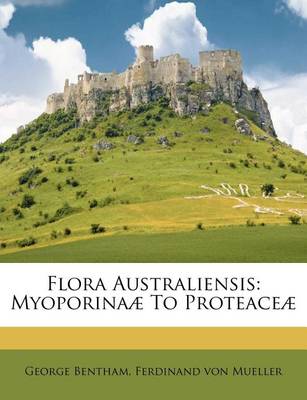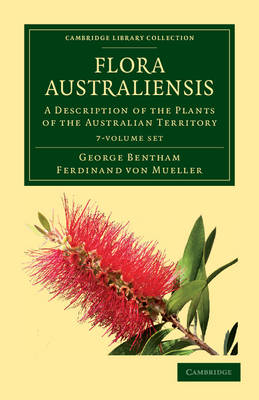Cambridge Library Collection - Botany and Horticulture
4 primary works • 10 total works
Volume 1
Flora Australiensis: Volume 1, Ranunculaceae to Anacardiaceae
by George Bentham and Ferdinand Von Mueller
Volume 4
Flora Australiensis: Volume 4, Stylidieae to Pedalineae
by George Bentham and Ferdinand Von Mueller
Volume 5
Flora Australiensis: Volume 5, Myoporineae to Proteacrea
by George Bentham and Ferdinand Von Mueller
Volume 6
Flora Australiensis: Volume 6, Thymeleae to Dioscorideae
by George Bentham and Ferdinand Von Mueller
Flora Australiensis: Volume 2, Leguminosae to Combretaceae
by George Bentham and Ferdinand Von Mueller
Catalogue des plantes indigènes des Pyrénées et du Bas Languedoc
by George Bentham
Flora Australiensis: Volume 7, Roxburghiaceae to Filices
by George Bentham and Ferdinand Von Mueller
Flora Australiensis: Volume 3, Myrtaceae to Compositae
by George Bentham and Ferdinand Von Mueller


